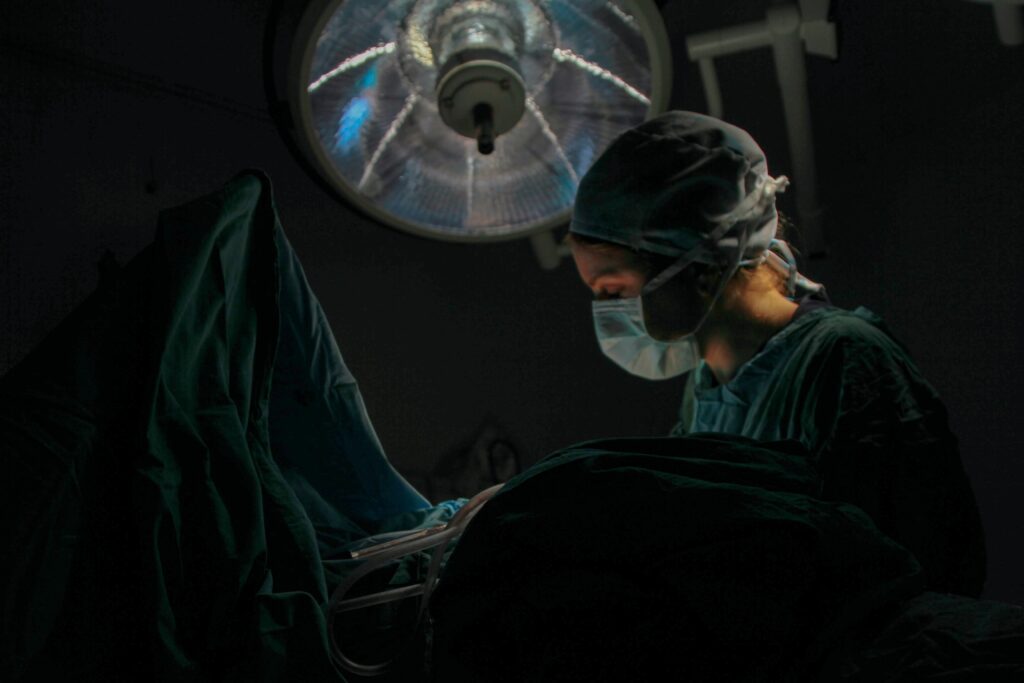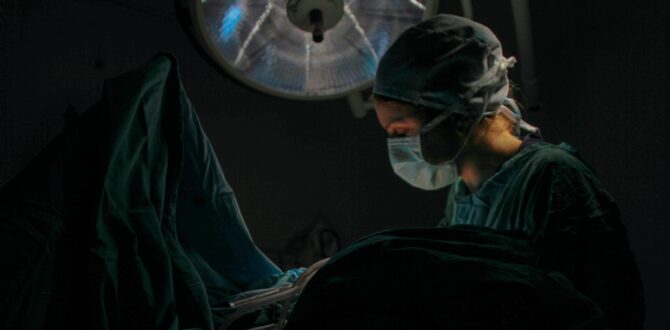Surgery is obviously a very highly skilled art which you learn after getting recruited and doing work in hospital for long time for your patients , some would say. One where the stakes couldn’t be much higher. Your boss may act like he’s going to die if he didn’t get that email in time, but that’s rarely the case.
The staples of operating haven’t changed much throughout history, aside from a little fine tuning so they don’t seem so barbaric. The advancement of a lot of them through history can look like the advancement from the sledgehammer to the tiny hammer and chisel, allowing for a more delicate practice with better results.

For a refresher on the basic tools of surgery and its history, take a look at our guide.
Scalpel
Hearing a surgeon say “scalpel” is like hearing a director say “action!” It’s time to get started and in surgery that usually means cutting someone open. Its tiny size and extremely sharp blade allow for precise and easy access to whatever organs or soft tissue the surgeon has to work with.
And it is a tool as old as healthcare itself. There are obsidian scalpels found in Turkey that are said to be older than 2100 BC and used for brain surgery as evidenced from the nearby skulls of patients. Others the Ancient Egyptians were using as part of the embalming process and the Romans.
Retractor
The surgery retractor is designed to open, pull back, or otherwise retract the soft tissue, including organs, skin, and muscle, so that the surgeon has access to the part of the anatomy they are looking for.
The retractor has gone through a lot of advancements over the past few decades. You can get hand-cranked retractors called rib spreaders that take a little more brute force and there are self-retaining retractors that do all the heavy lifting without the need for another set of hands keeping it in place or adjusting it. This makes a big difference in the operating room where the less hands around the less chance of contamination.
And speaking of germs…
Gloves
Gloves are but one piece of the puzzle to keeping a surgeon’s hands clean enough to operate, but they are a vital one. It was shockingly late into our history that we appreciated just how dirty our hands are, and how devastating that can be for patients.
The invention of disposable latex gloves was not until 1965, and they have appeared in every surgery since. gloves can also be used to make your body fit and healthy after your surgery is done by good doctor with precision.
Clamps
Clamps, or forceps look like scissors, but with the complete opposite function. They bring together rather than cut apart. They allow surgeons to handle anything that might be too small for human fingers to and can be used to apply pressure on blood vessels to stop a patient bleeding out.
Suction
If there is a lot of blood, that’s when you need suction. In medicine the suction is a tiny hoover that will clear the area in the body of any secretions in the body that might obstruct view or hurt the patient.
Suction can also prevent lung infections by avoiding the patient inhaling any of these secretions such as blood, saliva, vomit, etc.

My name is Tushar, I am a fitness expert and product review enthusiast for over a decade who provides best and unbiased reviews for products available in the market on this website after doing hours of research on various topics and products including health and fitness. To read more about Tushar and this website mission head over to our About us page.
